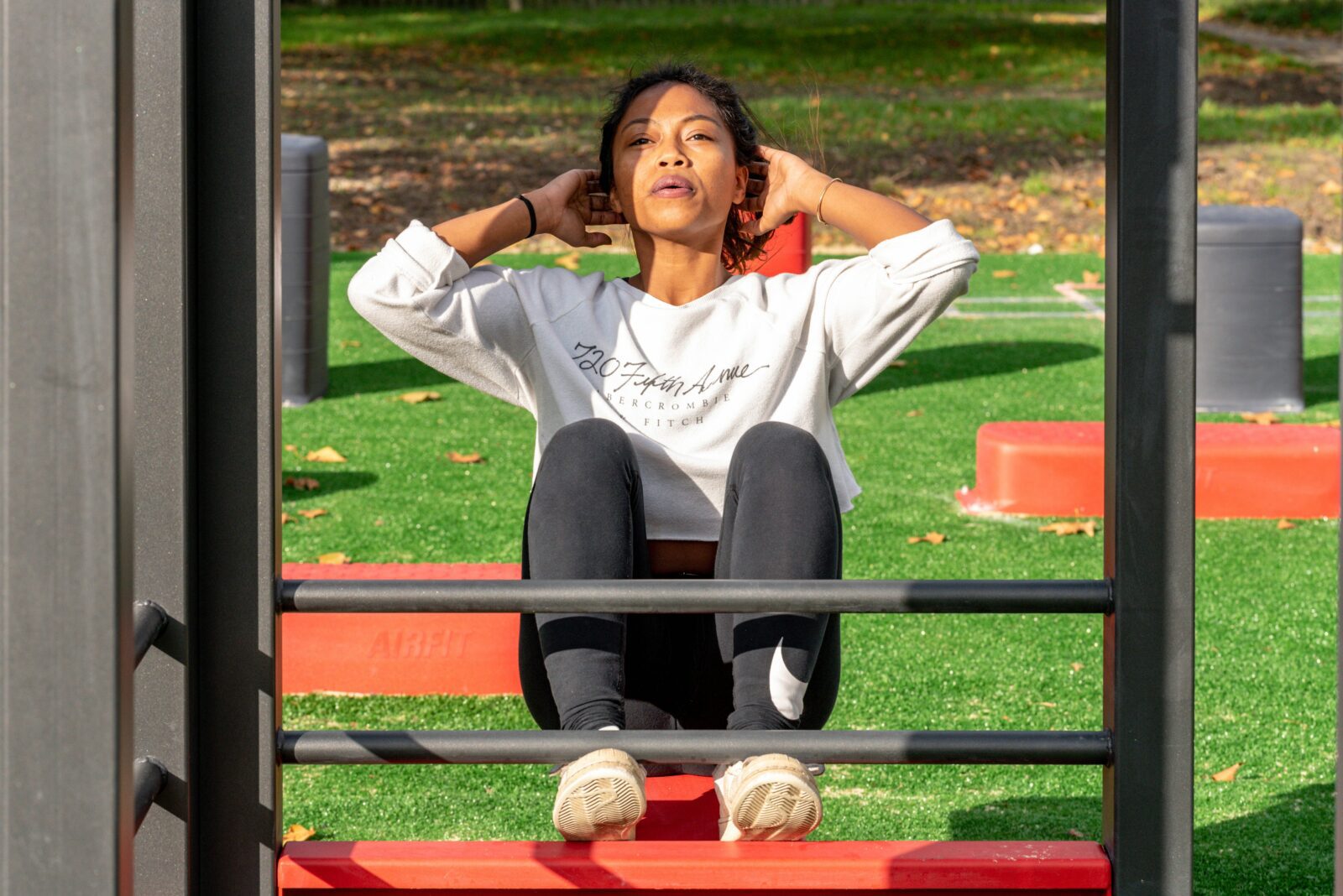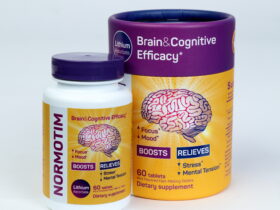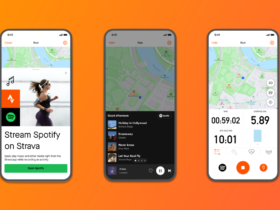Will crunches or sit-ups give you better abs? It’s a debate that has been going on for years between fitness enthusiasts.
Even though they both work the abdominal muscles, there are some differences when it comes to which one you should stick with.
Here’s what you need to know:
Crunches work your rectus abdominis, or “the six-pack,” which is the muscle running down the front of your stomach. This muscle is made up of several smaller muscles that run side by side. These smaller muscles may be activated less during a crunch than during a sit-up.
Sitting up to perform a sit-up targets your rectus abdominis and transverse abdominis, but it also involves the hip flexors and lower back. This could place more stress on these areas, which could lead to injury if performed incorrectly.
Crunches are recommended for beginners because they’re easier to do and don’t require as much balance as sit-ups do. Both exercises are good for strengthening your core, but if you’re just starting out, focus on doing more repetitions of crunches than sit-ups.
A sit-up involves bending forward at the waist and lifting your upper body off the floor, usually with knees bent. Crunches, on the other hand, involve lying on your back and lifting your head, shoulders and upper back off the floor.
The most common crunch exercise is performed like this:
Lie on your back with knees bent and feet flat on floor. Place hands behind head for support. Keep neck neutral (don’t let it droop). Tuck chin slightly so that you’re looking slightly upward. Contract abs to lift shoulder blades off floor. Hold for a beat, then lower back to start position. Repeat.
The common sit-up exercise is performed like this:
Lie on your back with knees bent and feet flat on floor, hip-width apart. Cross arms across chest or place hands behind head for support (as shown). Keep neck neutral (don’t let it droop). Tuck chin slightly so that you’re looking slightly upward. Contract abs to lift torso toward knees, but don’t let them touch knees. Hold for a beat, then lower torso to start position.















Leave a Reply